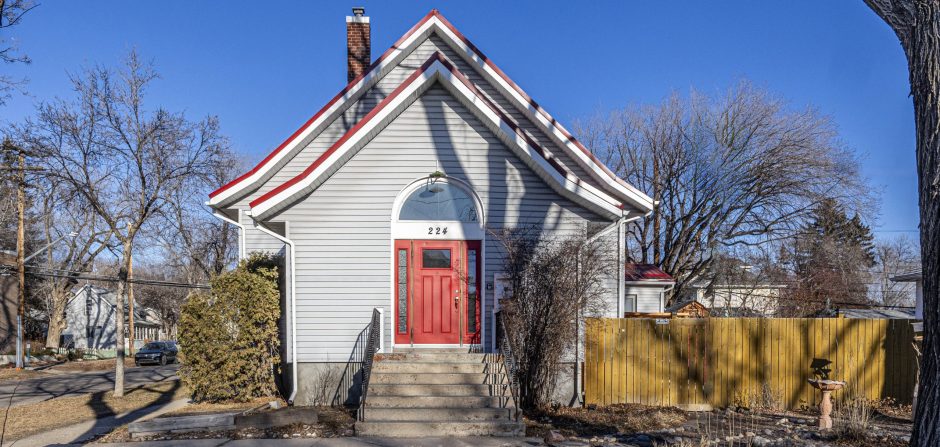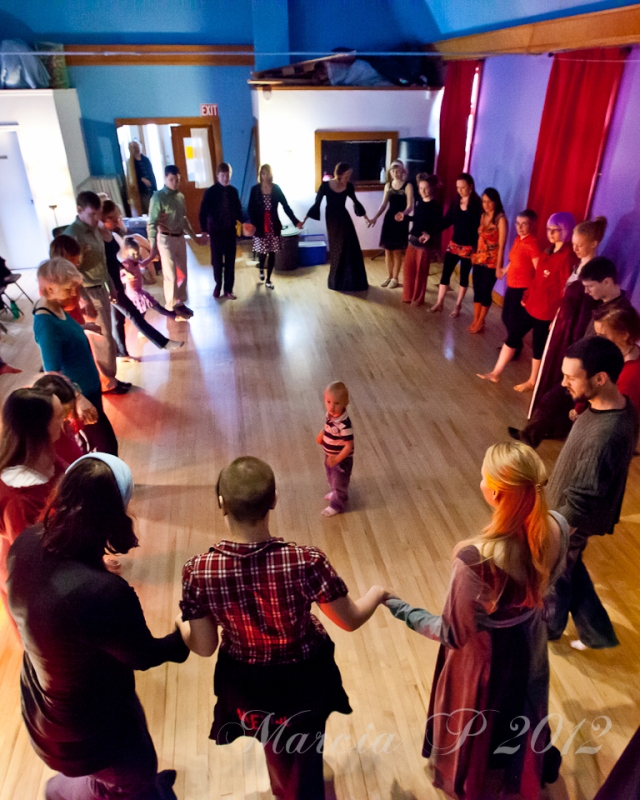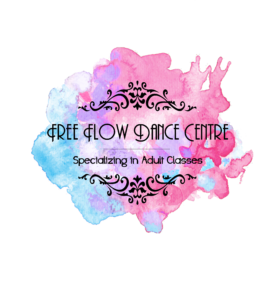Artist Statement
I believe that dance should play a part in arts literacy. I am interested in teaching medieval dance to children, teens and adults because it not only gets them involved physically with dance but it teaches them a lot about the history of not only the dance forms but the people who invented and performed the dances. This type of dance instruction is equally accessible to male and female students, which I feel is important when introducing dance as an art form to youths. My company mandate is that dance is an art form that everyone should be able to experience, appreciate and enjoy.
Artistic and Educational Merits and Outcomes
The element of history is obvious when you consider Medieval Dance. These historical dances are literally a part of history themselves. The dances often have a story, which accompanies them, that explains why they were made up and when and for what purposes they were danced. The recreation of these dances allows the students to relate to historical times not only physically but also through the use of their imaginations. Preservation of these dances is made possible through the teaching of them. I also wear the “garb” of the times, tell stories and role-play while teaching. This aids the students in their understanding of what it was like back then.
On the artistic side it is a good way to introduce dance to students. They feel that they are learning history as well as dancing. The dances are designed for both males and females so both sexes feel that they have a role to play when learning these works. This makes dance seem less threatening especially to boys. I talk about courtly behavior and some of the conventions of the times, as well as the differences between the men and women’s roles in dance (for instance the differences in bows and curtseys at the end of a dance). Medieval dance provides and even opportunity for both males and females to participate. In fact some of the dances were originally ONLY danced by males. I feel that the most important aspect of the workshop is the way that it encourages and provokes imagination in the students, and generates more interest in the past as well as the arts. This type of situation promotes role playing which in turn enhances understanding of history through the dance forms.
Dance has always been the “boring” subject in gym that everyone was forced to take. I remember as a youth being involved in several dance workshops that really weren’t very fun. (and I loved dancing) I strive to make my workshops everything that those ones were not. I tell outrageous tales from history, flamboyantly prance around, poke fun at modern day conveniences and make the learning of the dances simple enough that the students will get them but difficult enough so that they do not lose their interest. I have found that not only do the students get a good physical workout but also a refreshing new outlook on history. The dances also help aid in developing coordination, listening skills and group cooperation.
What do I gain?
I get a chance to further develop my teaching and communication skills. I am a very strong supporter of Dance Literacy and by bringing more dance into the educational system (where dance can be a positive first experience) I have one more venue to aid this cause. I would like to form more permanent work relationships with the schools and increase and develop awareness of my own company Free Flow Dance and my choreographic work. By initiating contact with schools through doing workshops I will be able to attempt to construct future endeavors which may include my company dancers.
Other
Medieval dance is a dying art form especially the peasant dances which I specialize in. It is unfortunate that only so many dances can be recreated by large historical dance societies. Through workshops of this kind we may instill interest in preservation of these dance forms in today’s youth.
Branles – circle or line dance formation
Washerwoman’s Branle – a very easy dance that reflects the aspects of women in medieval life. Arbeau 1589.
Maltese Branle – a simple remake of a dance inspired by the Knights of Malta’s visit to the Middle East. Music 1579. Dance 1589 reconstruction.
Official Branle (also known as toss the duchess) – A fun circle dance that involves trading partners! Arbeau 1589.
Branle Charlotte – a more difficult circle dance that involves stepping and kicking to various changing beats. Arbeau 1589
Rounds
Sellingers Round – a very catchy and lively circle dance done in the verse and chorus style of dancing. Playford 1670.
Courtly Dances
Black Alman – a sedate processional dance that would have been done in entrance to many courts. 17th century.
Black Nag – a livelier dance for three couples that employs the verse and chorus style of country-dance. Playford 1670.
Rufty Tufty – a two couple dance with many turns in it. Would have been done in ballrooms where the sets of people would interconnect. Playford 1651.
Other dances
Salterello – a hopping and aerobic dance reconstructed as best as we can from lithographs and sketches. Music 1400, Dance early 15th century or earlier?
Prince William – a very complicated country style dance that involves a double mirror hay (figure 8 in mirror formation changing lines) English Country 1731.



